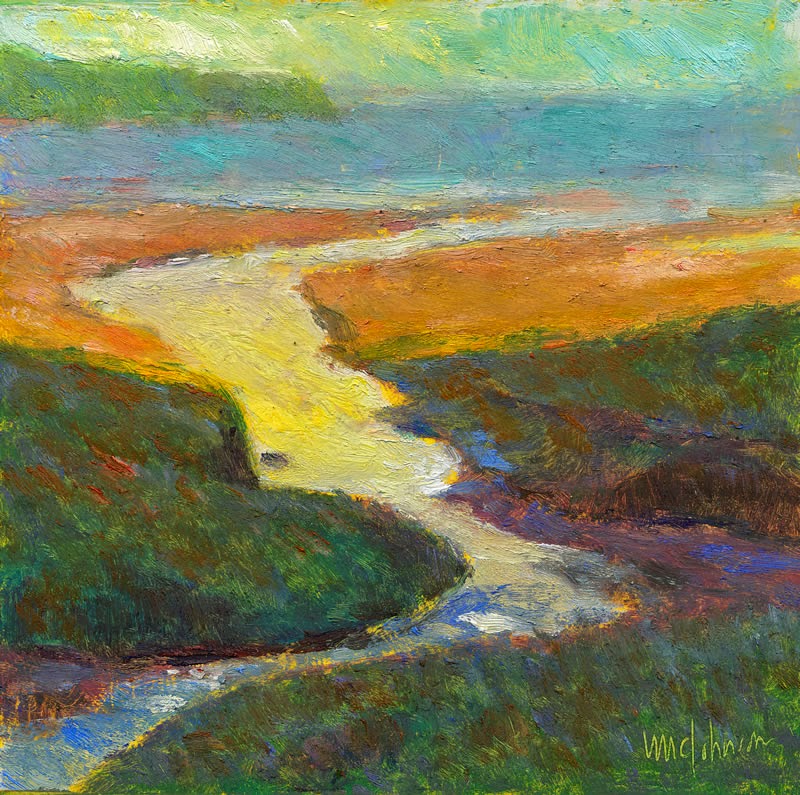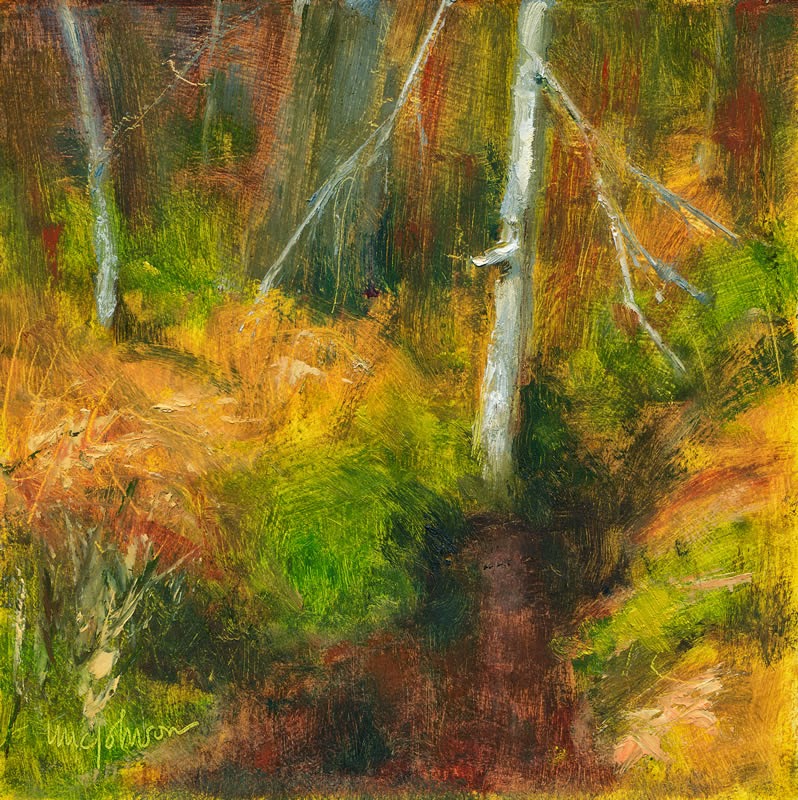Santa Fe, the visionary New Deal, and the start of a new American art movement.
 |
|
The Voice of the Earth (The Basket Dance), 1934, Will Schuster, courtesy New Mexico Museum of Art.
|
In 1934, one in four American workers were idled. The government stepped in with programs we would eventually lump together as the ‘New Deal’. Asked why the program included artists, WPA head Harry Hopkins replied, “Hell, they’ve got to eat just like other people!”
That was only half the picture. Even in the depths of the Great Depression, the Roosevelt administration was keenly interested in advancing American culture. “I, too, have a dream—to show people in the out of the way places, some of whom are not only in small villages but in corners of New York City—something they cannot get from between the covers of books—some real paintings and prints and etchings and some real music,” Franklin Roosevelt wrote.
 |
|
Acoma Trail, William Penhallow Henderson, courtesy US District Courthouse, Santa Fe.
|
William Shusterwent to New Mexico because he had tuberculosis secondary to being gassed in WWI. He was commissioned to paint murals at the
New Mexico Museum of Art, portraying the traditional life of Native Americans.
Six murals by
William Penhallow Henderson hang in the US District Court building. Henderson was a Boston-trained painter who went west for his wife’s tuberculosis. The courthouse recently acquired three more New Deal murals. These scenes of Navajo life were originally painted by
Warren Rollinsfor a post office in Gallup.
The murals of Santa Fe were part of a series of Federal New Deal art programs. In the first four months of 1934, the Public Works of Art Project (PWAP) hired 3,749 artists and produced 15,663 artworks for government buildings around the country.
 |
|
Golden Gate Bridge, 1934, Ray Strong for PWAP. Franklin Delano Roosevelt liked it enough to hang it in the White House. Courtesy Smithsonian American Art Museum.
|
“They had to prove they were professional artists, they had to pass a needs test, and then they were put into categories—Level One Artist, Level Two or Laborer—that determined their salaries,” said George Gurney of the Smithsonian American Art Museum.
Because the program was based on need, not skill, most of these artists have fallen into anonymity; the more famous Depression-era artists came from the Works Projects Administration. But the PWAP artists were instructed to paint ‘the American Scene,’ which in most cases meant landscapes populated by American workers. That makes their work an important historical record.
The murals in Santa Fe are among the 1400 New Deal murals in municipal buildings around the nation. There is one in the little post office in Middleport, NY, when I was growing up; there is one in the post office near Franklin Roosevelt’s grand house in Hyde Park.
These came from a successor project to PWAP, the
Section of Painting and Sculpture. Its purpose was to select, administer, and pay for these public murals. Its mandate was to make high-quality art accessible to all people.
The focus was on buying excellent work, not work based on artists’ reputation or neediness. Artists were selected through blind jurying and were paid a lump sum for their efforts. In return, they were expected to create work that reflected the host communities. In practice, that meant that many of the artists were locals. Those who weren’t sometimes visited their towns. Others carried on lively correspondence with the postmaster. The paintings were done on 12’x5’ canvases that were then shipped and glued in place.
The New Deal not only kept artists alive during the Great Depression, it introduced Americans to the idea that there was something here worth painting. Along the way, it helped create an indigenous American art movement,
Regionalism. More on that tomorrow.
















